1. Psycho (1960)
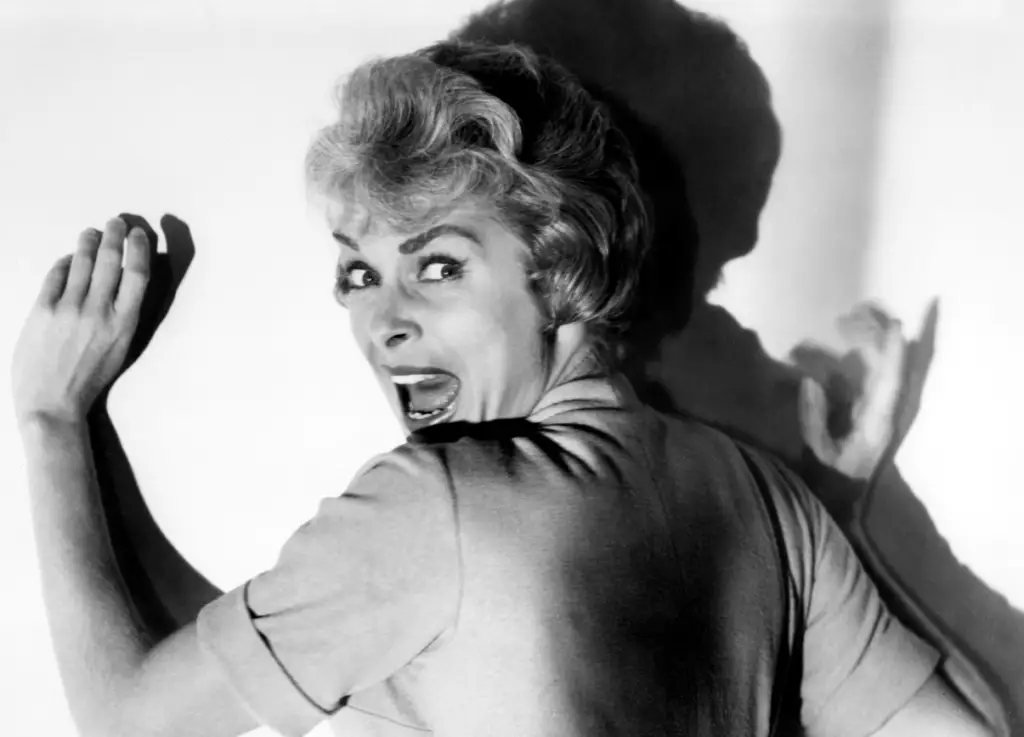
Alfred Hitchcock knew how to rattle an audience, but Psycho was on another level. People went into the theater expecting a standard thriller and left shaken, with the infamous shower scene burned into their memory. The sudden killing of Janet Leigh’s character so early in the film broke every Hollywood rule at the time. Add in Bernard Herrmann’s shrieking violins, and it’s no wonder moviegoers were screaming in their seats.
What really unsettled people, though, was the ending reveal. Norman Bates wasn’t just a creepy motel owner, he was living with a fractured mind and a disturbing attachment to his mother. The psychological twist was as shocking as the violence. Even today, first-time viewers gasp when the rocking chair turns to reveal that corpse. Hitchcock proved that terror could come from the mind as much as from the knife.
2. Peeping Tom (1960)
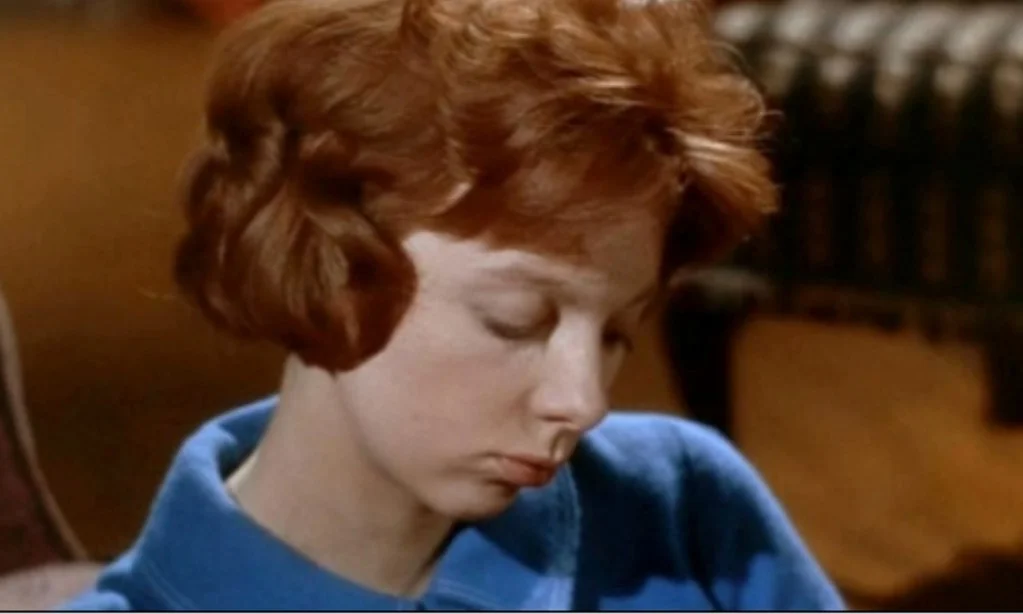
While Hitchcock made audiences scream, Michael Powell horrified them in a different way. Peeping Tom followed a cameraman who filmed women as he murdered them, turning voyeurism into violence. Critics called it obscene, and Powell’s career in Britain never really recovered. Moviegoers weren’t ready to confront the unsettling idea of watching as an act of violence in itself.
Over time, the film gained cult status as a daring examination of obsession and cinema itself. Watching it today, you can see how far ahead of its time it was. The killer’s compulsion to capture his victims through the lens feels eerily relevant in an age of social media and surveillance. It’s one of those movies that makes you uncomfortably aware of your own role as a viewer.
3. Bonnie and Clyde (1967)
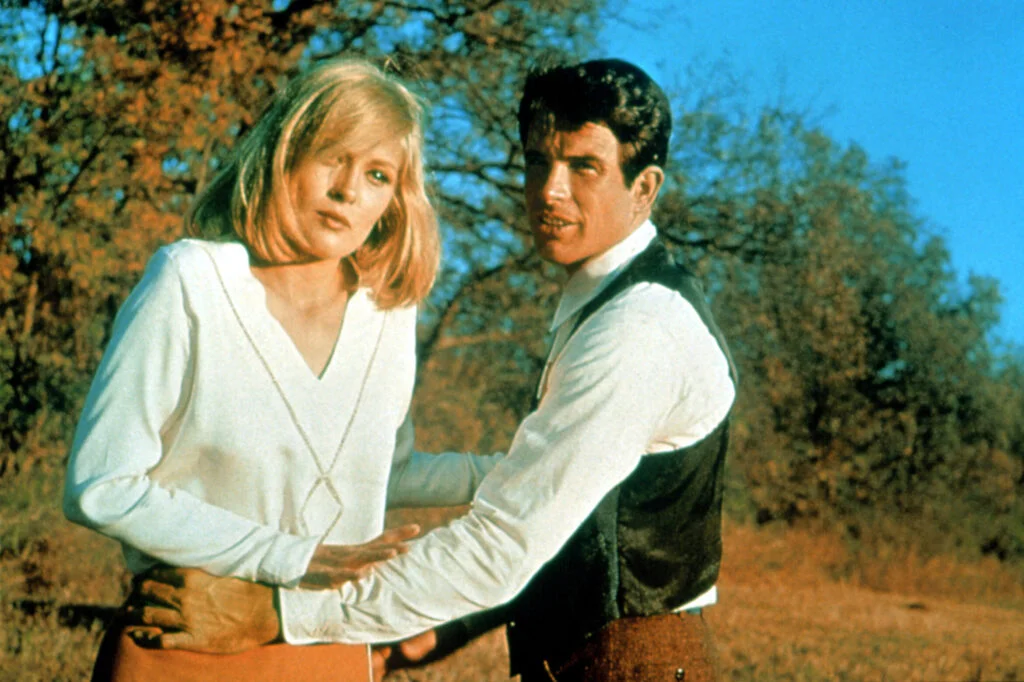
When Bonnie and Clyde hit theaters, it shocked audiences with its mix of glamor and brutality. Warren Beatty and Faye Dunaway played the outlaw lovers with a stylish, almost romantic edge. But when the bullets started flying, they didn’t hold back. The graphic violence, shown in slow motion, left viewers shaken.
The ending, with the couple riddled with bullets in a hailstorm of gunfire, was especially jarring for a 1960s audience. Some critics called it irresponsible, others hailed it as revolutionary. Either way, it broke new ground in how violence was shown on screen. That balance of romance and raw brutality still makes it a fascinating, unsettling watch.
4. The Birds (1963)
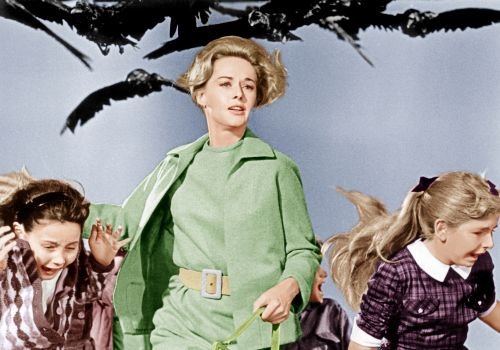
Hitchcock struck again with The Birds, a film that made flocks of seagulls and sparrows terrifying. The premise sounds almost silly—birds attacking people—but Hitchcock filmed it with such menace that audiences were terrified to leave theaters. Watching Tippi Hedren trapped in a phone booth as the glass shatters around her remains one of the most nerve-racking scenes in horror.
The lack of explanation made it even scarier. The birds didn’t represent anything clear, they weren’t a punishment or a symbol. They were just attacking, without reason, without end. That randomness taps into a primal fear that still holds up today. The final shot of the characters driving slowly through thousands of silent, watching birds lingers long after the credits roll.
5. Rosemary’s Baby (1968)
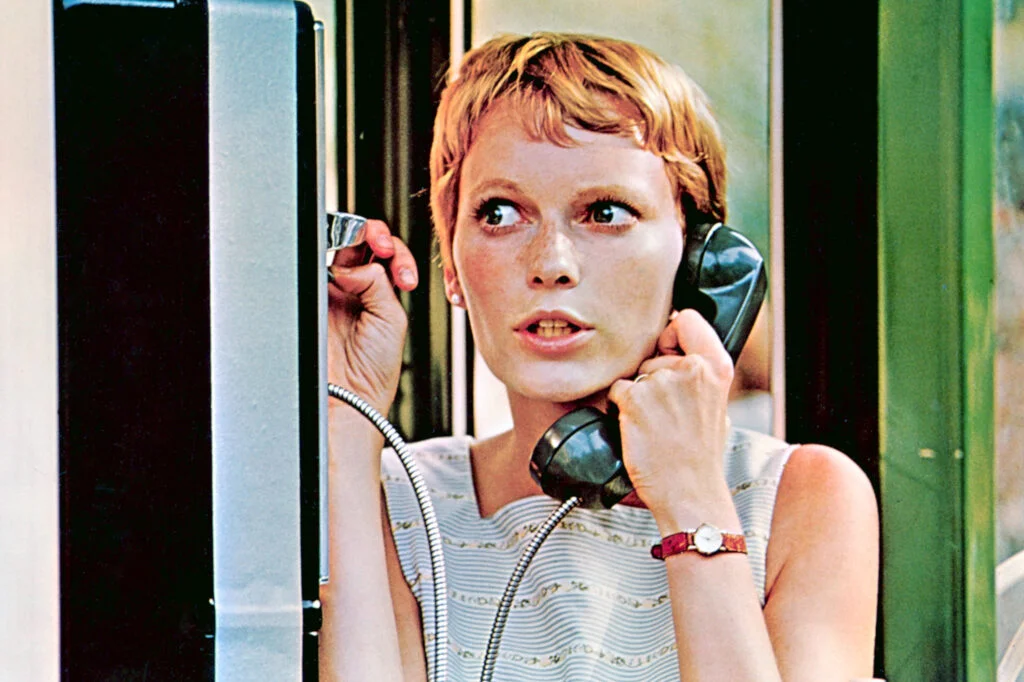
Roman Polanski’s Rosemary’s Baby was groundbreaking in its quiet horror. Instead of monsters or jump scares, the terror came from paranoia and control. Mia Farrow played Rosemary, a young woman who suspects her neighbors and even her husband are part of a Satanic cult. The gaslighting and manipulation hit hard, especially for women of the time who felt trapped in domestic roles.
The reveal that Rosemary’s baby is literally the son of Satan was a shocking moment. It’s not just the supernatural twist that makes it disturbing, it’s the complete betrayal by the people closest to her. The final lullaby-like ending, with Rosemary gently rocking her demonic child, is equal parts heartbreaking and terrifying. It’s a horror that still feels all too real.
6. A Clockwork Orange (1969 UK release, wider impact later)
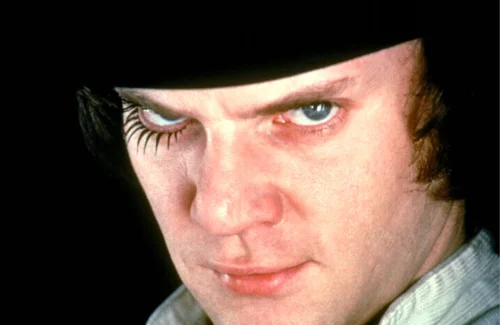
Stanley Kubrick’s A Clockwork Orange pushed boundaries with its mix of violence, dystopia, and dark comedy. Malcolm McDowell’s Alex was both charming and monstrous, singing “Singin’ in the Rain” while committing an assault. Audiences didn’t know how to process a film that asked them to both recoil from and empathize with a violent sociopath.
The film’s themes of free will and government control only added to the discomfort. Could society strip someone of their violent impulses without taking away their humanity? The stark style, bizarre costumes, and unsettling soundtrack made it unforgettable. Even today, it sparks debates about morality, punishment, and art itself.
7. Midnight Cowboy (1969)
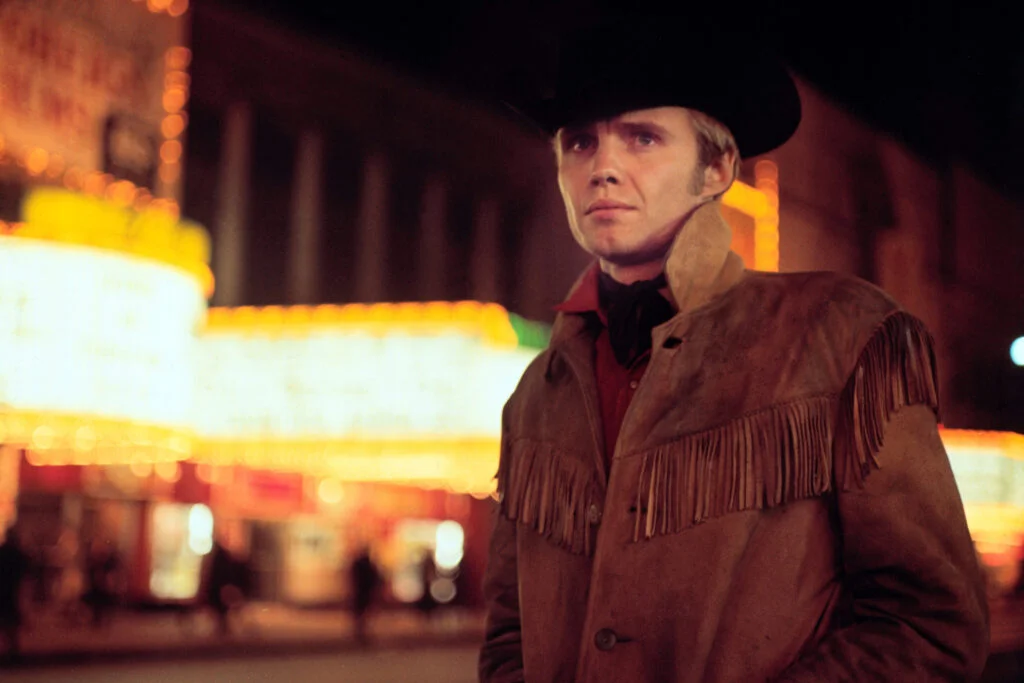
When Midnight Cowboy became the first X-rated film to win Best Picture, it shocked Hollywood. Jon Voight’s naive Texas hustler and Dustin Hoffman’s sickly con man formed an unlikely friendship on the streets of New York. The gritty portrayal of poverty, sex work, and survival was unlike anything mainstream audiences had seen.
What really stunned people was the honesty in its portrayal of broken dreams and exploitation. This wasn’t a glamorous New York—it was raw, dirty, and heartbreaking. The final bus scene still hits hard, and the film’s unflinching look at loneliness feels timeless. It proved that a movie could be both shocking and deeply human.
8. Who’s Afraid of Virginia Woolf? (1966)
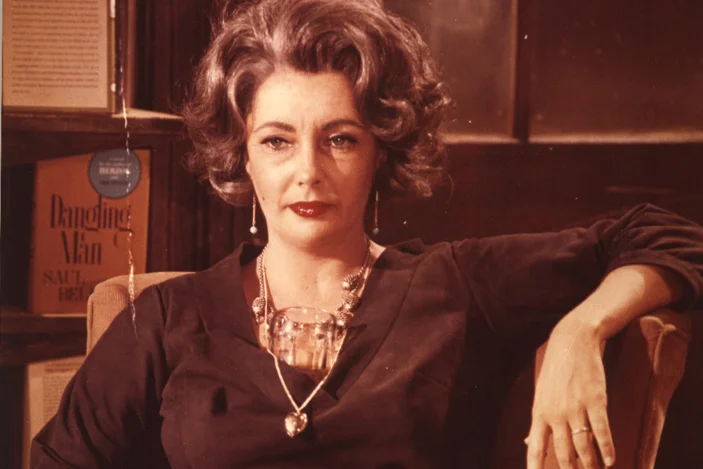
Elizabeth Taylor and Richard Burton tore into each other in Who’s Afraid of Virginia Woolf? with a viciousness that stunned audiences. Their characters, George and Martha, turned an evening of drinks into a brutal night of insults, games, and revelations. For viewers used to polite, sanitized Hollywood marriages, this was like peeking into a toxic relationship in real time.
The language and themes were raw for the era, pushing the boundaries of the Production Code. The bitter fights, alcoholism, and psychological warfare left audiences exhausted by the end. But they also couldn’t look away. The film felt dangerous, like it was showing something you weren’t supposed to see.
9. Easy Rider (1969)
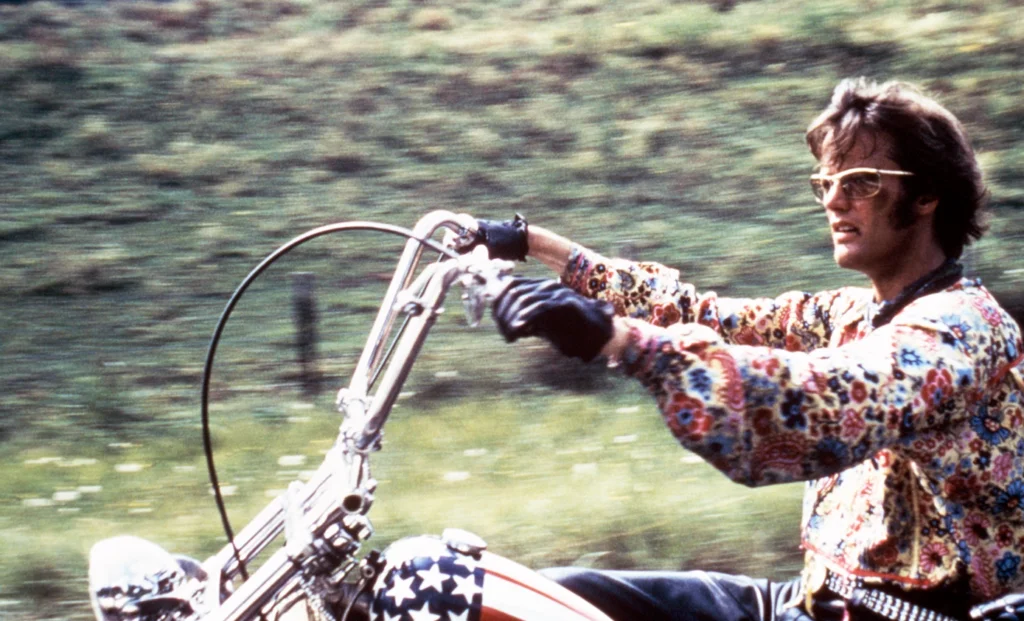
Easy Rider was more than a road movie—it was a cultural shockwave. Peter Fonda, Dennis Hopper, and Jack Nicholson brought counterculture to the big screen in a way that mainstream audiences weren’t ready for. The drugs, the free love, and the rejection of traditional values clashed with America’s clean-cut image.
The ending blindsided viewers. After the long journey and spiritual searching, the sudden, violent deaths of the main characters left audiences stunned. It was a brutal reminder of the era’s tensions, and it made the film an instant icon of rebellion. Even today, the ending feels abrupt and haunting.
10. Repulsion (1965)
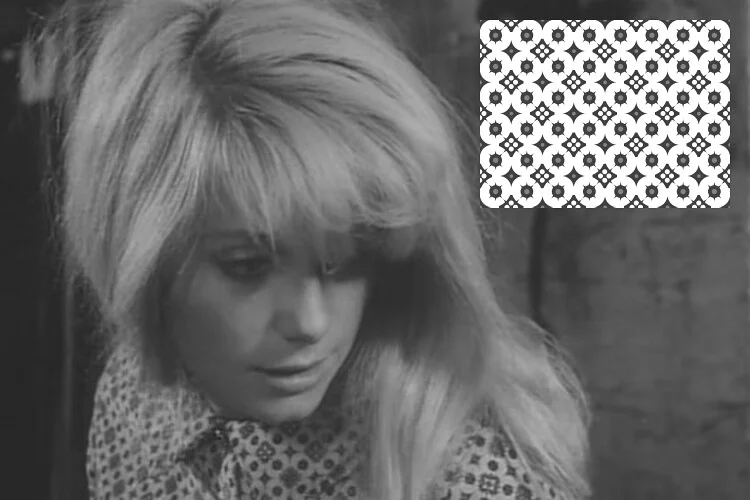
Roman Polanski’s Repulsion trapped viewers inside the unraveling mind of Catherine Deneuve’s character. Left alone in her apartment, her fear of men spirals into terrifying hallucinations. Walls crack, hands reach out from nowhere, and the audience is never sure what’s real.
The film shocked people with its combination of psychological horror and sexual violence. Deneuve’s slow descent into madness was both sympathetic and horrifying. Watching her lose touch with reality made audiences deeply uncomfortable, and that unease hasn’t faded. It remains one of the most disturbing portraits of isolation ever put on screen.
11. Planet of the Apes (1968)
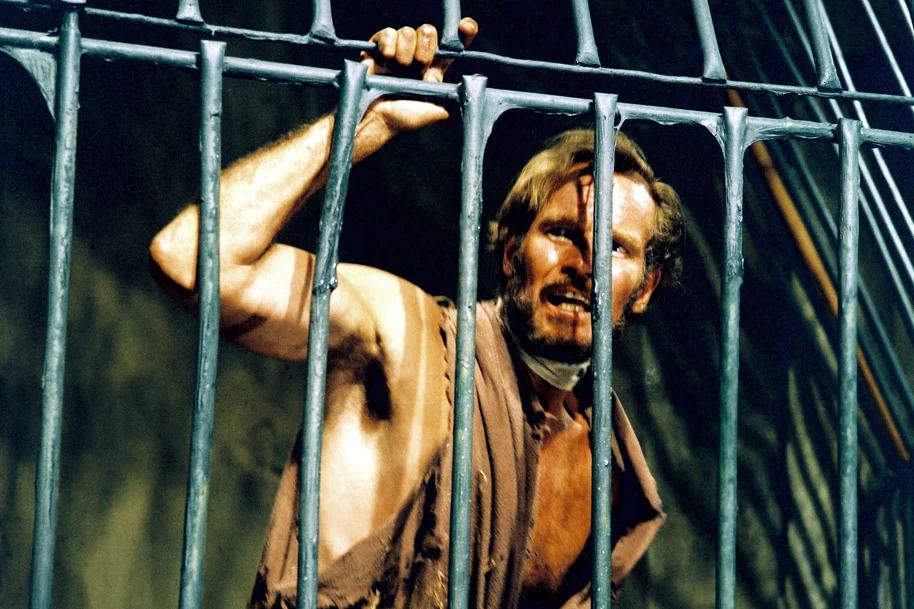
On the surface, Planet of the Apes looked like a sci-fi adventure. But the twist ending left audiences reeling. When Charlton Heston’s character discovers the ruins of the Statue of Liberty, viewers realized he had been on Earth all along. The bleak commentary on humanity’s self-destruction was a gut punch.
Beyond the twist, the film’s allegories about race, power, and evolution were unsettling for the time. It forced audiences to look at their own society in a harsh light. That final image of Heston collapsing in the sand is one of the most iconic—and shocking—endings in movie history.
12. The Wild Bunch (1969)
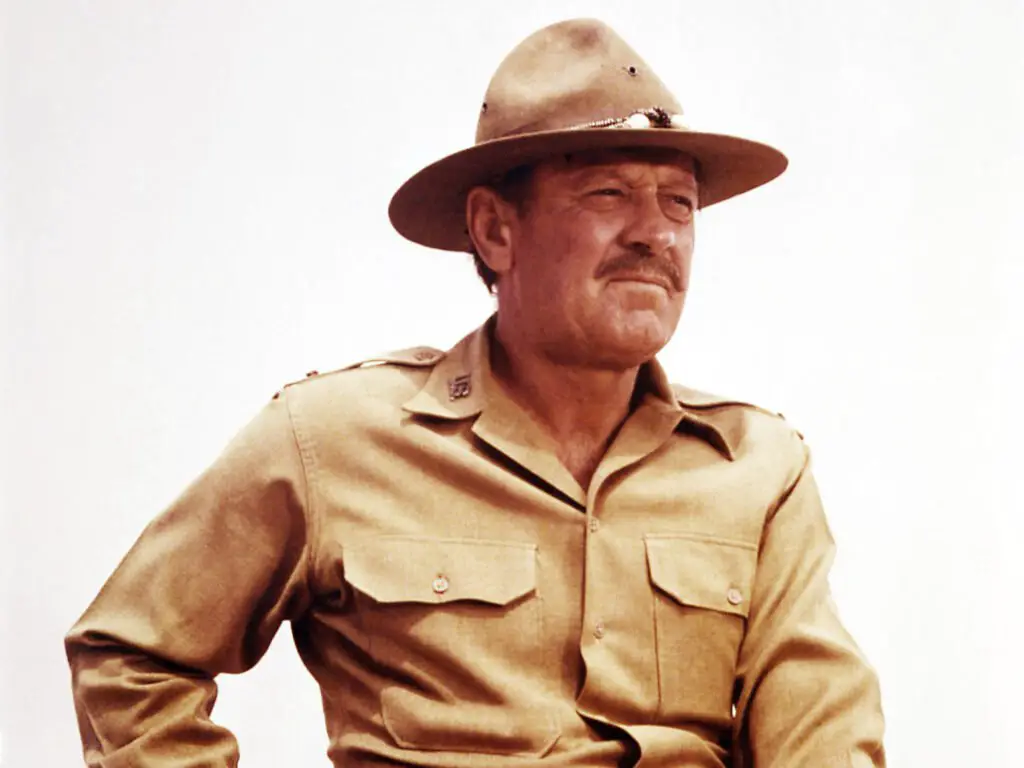
Sam Peckinpah redefined movie violence with The Wild Bunch. The western featured slow-motion shootouts with bloody detail that was unheard of in the genre. Instead of noble cowboys, we got aging outlaws facing a brutal, changing world.
The climactic battle was especially shocking, with its relentless carnage. Peckinpah wasn’t glamorizing violence, he was rubbing audiences’ noses in its chaos. Some critics called it excessive, but others saw it as groundbreaking. Today, it’s remembered as one of the films that changed how violence could be portrayed on screen.
13. Persona (1966)

Ingmar Bergman’s Persona wasn’t shocking for gore or violence, but for its psychological intimacy. The story of a nurse and her patient, whose identities begin to blur, unsettled audiences with its raw intensity. The surreal imagery, including a film reel burning on screen, broke cinematic conventions.
The emotional and sexual undertones between the two women were bold for the time. It wasn’t always clear what was real and what was imagined, leaving audiences disoriented. The result was a film that challenged viewers to confront uncomfortable truths about identity and connection. Its impact still lingers in modern art-house cinema.
14. Straw Dogs (1969 UK premiere, wider release later)
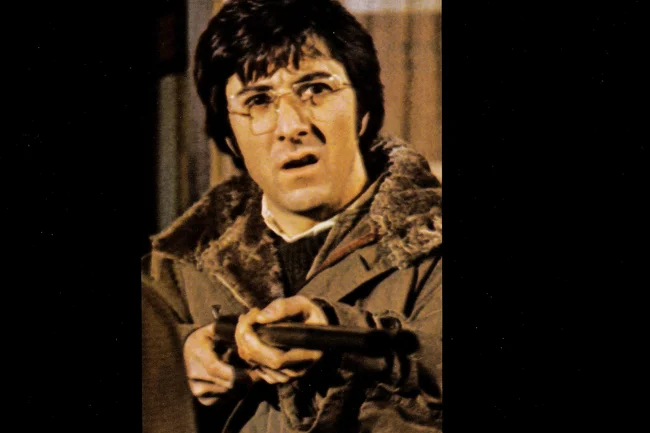
Sam Peckinpah again shocked audiences with Straw Dogs. Dustin Hoffman played a mild-mannered man pushed to violent extremes when his home is invaded. The film’s depiction of brutality and a controversial assault scene made it one of the most debated movies of its time.
Audiences weren’t prepared for the mix of intellectual themes and raw savagery. The question of whether violence could ever be justified left viewers unsettled long after the credits rolled. It was banned in several countries and still sparks heated debate. Even decades later, it hasn’t lost its power to disturb.


